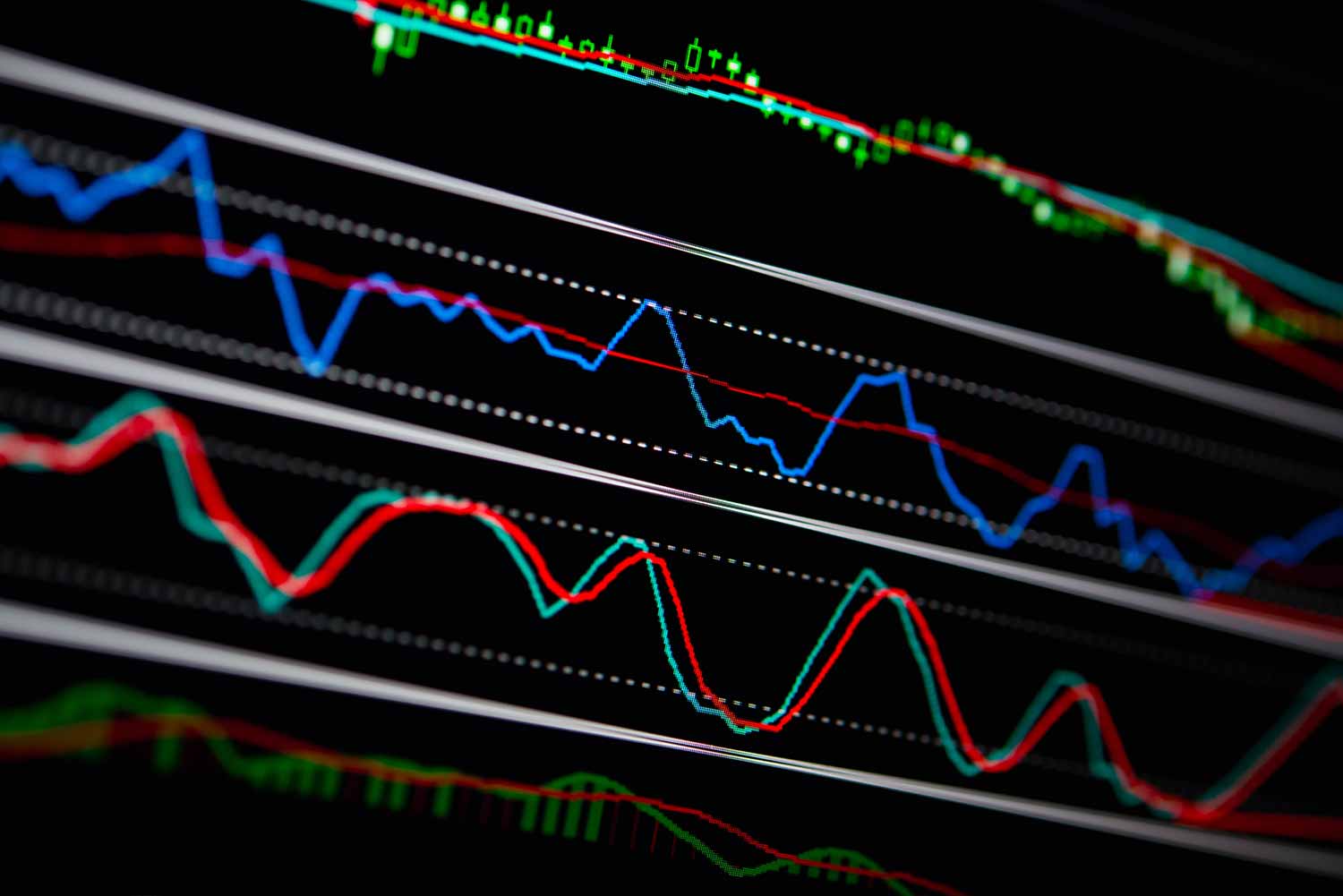The price of crude oil is currently in a downward trend, approaching the support level of the 25% Fibonacci retracement at $68.59. This bearishness can be attributed to various economic factors impacting oil prices. From a technical analysis perspective, the price is trading below both the 200-day and 50-day moving averages, indicating a bearish sentiment. The recent high around $74.69 tested the 50% Fibonacci retracement level but failed to sustain the upward momentum. The RSI is almost heading to the oversold region, with momentum heading lower, clearly indicating the bearishness in price.
If the market finds support at the 25% Fibonacci retracement level at $68.59, we may see prices bouncing off this level and experiencing a pullback. It’s worth noting that there is significant volume accumulation at the point of control price range of $71.46, with prices trading within a clear range of $73.55 and $68.59. Another important consideration is the potential testing of the volume area low at $67.45, as it aligns closely with the 25% Fibonacci level and the previous price test on May 4th, 2023. Additionally, there is the emergence of a triangle pattern near the current price level, which could result in a breakout.
The bearishness in crude oil can also be attributed to swelling supplies from Russia, which is putting additional pressure on the commodity. Despite the OPEC+ decision to slash output, Russia has continued to pump significant volumes of crude in order to maximize its revenues, disregarding its promise to curtail production. This discrepancy within the OPEC+ alliance may prevent further reductions in quotas at the upcoming June meeting, as member countries voice opposition given recent developments. Consequently, physical markets could remain in surplus during the second half of 2023, especially if the global economy takes a turn for the worse.
The policy outlook of the Federal Reserve is adding further complexity to the oil market. While traders previously believed that the Fed would pause its rate hikes, expectations have shifted in a more hawkish direction, with the possibility of another 25-basis point increase being considered. Although the U.S. economy has shown resilience, forward-looking investors are concerned about potential future outcomes. As interest rates rise, the performance of the economy and cyclical commodities, such as oil, may be negatively affected over the medium term.
In terms of future scenarios, there are three possibilities for crude oil. First, prices may continue to head down and test the $68.59 and $67.45 levels or even testing the previous lows of May at the 63.62 level. Second, prices could rise and reach the resistance area around $71.46, leading to a short-term range-bound market. Lastly, prices may surpass the $71.46 level if positive sentiment in oil prices changes. Monitoring these developments and considering the broader macroeconomic themes will be crucial for predicting future price movements in crude oil.
